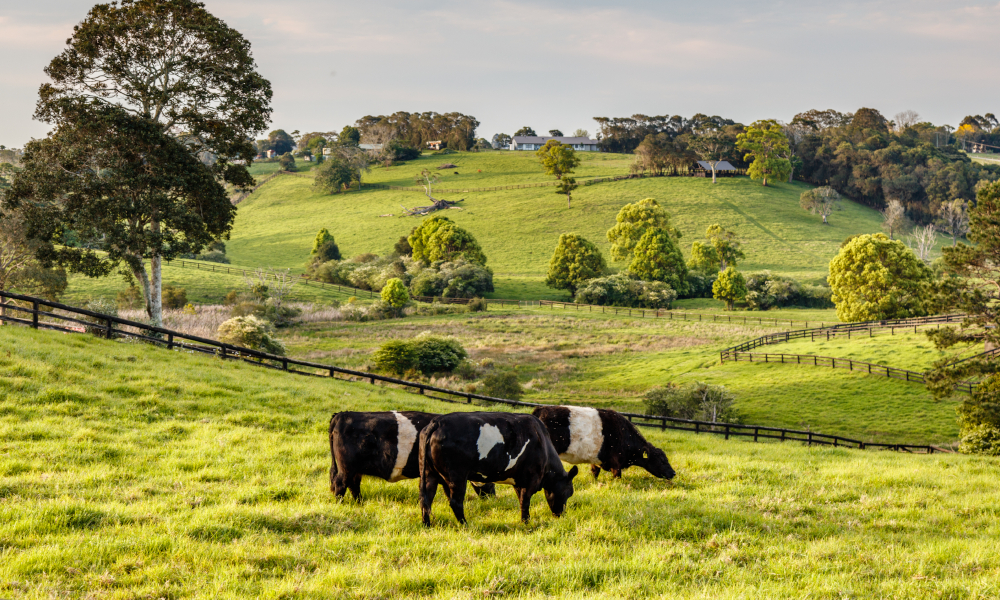



Article by: Hari Yellina
The large investment in infrastructure in remote Queensland is one of the major takeaways from Treasurer Josh Frydenberg’s recent federal budget. Over $7 billion in fresh funding will be spent across Australia in transformational infrastructure, such as ports, dams, highways, and low-emission industrial centres, in order to take advantage of export growth possibilities. This cash will go to only four national priority zones, two of which are in Queensland – Central and North Queensland, respectively. Will, however, constructing a beautiful large piece of infrastructure in a region and then letting the market handle the rest bring about the promised regional renaissance?
COVID-19 appears to have reintroduced regional Australia to city-centric politicians, policymakers, and the general public. For the first time in decades, we’ve seen a reversal in rural-urban migration, with the finest and brightest choosing to live in the big city. The Australian Bureau of Statistics said this week that the population of regional Australia increased by 70,900 individuals between 2020 and 2021, compared to a 26,000 reduction in the capital cities. This is the first time since 1981 that regional Australia has grown faster than the capital cities. People are speaking with their feet, but will regional Queensland and Australia be prepared to fulfil their needs once they arrive? Is any government, at any level, capable of doing so? In a nutshell, and pretty obviously, the answer is no.
Worryingly, the Queensland and Federal governments couldn’t even agree on a joint announcement of money to repair Paradise Dam, let alone something more contentious. Growcom supports the National Farmers’ Federation’s Regionalisation Agenda, which includes a recommendation that the Federal Government establish a framework through National Cabinet that includes key players such as local governments to do the necessary planning and coordination between governments if we are to take advantage of the current regional migration and the massive infrastructure investments in the pipeline.